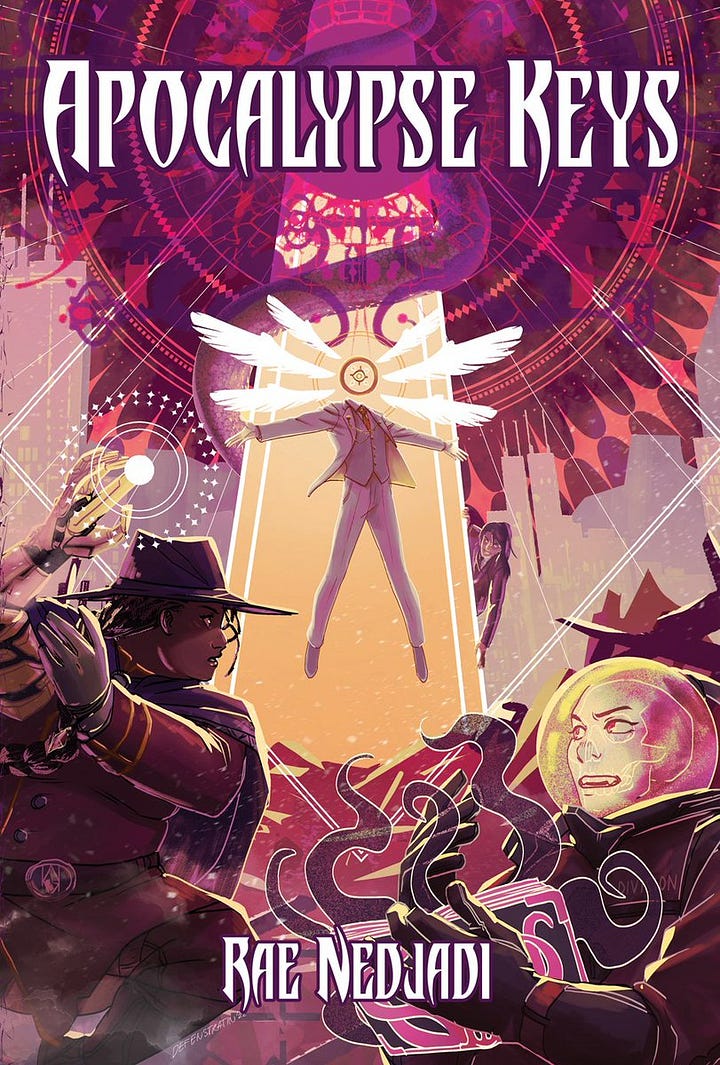

I love over-produced rpg books, I love chunky rpg books, I love beautiful rpg books. But more than anything else I love books that actually work at the table. Books with sensical organization, clear call outs for information, important rules repeated, and with key references gathered together. There are games that I love, but in spite of their presentation. I’m not going to name names– but there’s one big indie title I ran for two and half years straight and every single session I couldn’t find key info.
A few years ago I applied for a job involving checking indexes (I didn’t get the position, last in a long series of those rejections). But one of the best parts of preparing for those interviews was discovering Nancy C. Mulvany’s great Indexing Books. It’s a dynamite read for anyone with any interest in how books are indexed. It’s a practical and illuminating volume. (For a deeper history of the index, see also Dennis Duncan’s Index, a History of The).
RPG Indexes are vital to me when I’m trying to use a book at the table. I die a little inside every time I flip to the back of a game I’m running and find them missing. People who make rpgs, playbooks, character sheets, etc need to think about how these things actually get used.
Which brings me to the wonders of the glossary index. I first encountered this in 13th Age, my favorite d20 emulating fantasy rpg. I adore 13th Age– especially for the smartness of how it is put together. The glossary index there contains a lot of elements– ones smartly chosen. For example what an attack bonus is and how to calculate it, what it means for a spell to be a battle spell, how the different range bands are read, etc. But my favorite bit– and the one which I often go to is the definitions of the different conditions. There are nine of them (few than a lot of other games (see Mutants & Masterminds)) but I can never exactly remember what they can do.
The 13th Age Glossary Index points you to where you can find the info and gives you a quick answer if you’re just looking for a basic point. It’s also extraordinary well-written, tight and yet echoing the great authorial voice of the rest of the book. It had to have been a ton of work, but it is amazing. I don’t need this for every book, but for core books, it’s a definite value add. I hope the new Trail of Cthulhu 2e from Pelgrane also uses this approach.
The other recent rulebook which does this is the amazing Apocalypse Keys from Rae Nedjadi and Evil Hat. It uses color and a small sideline to help call out the glossary entries. It’s great and a welcome addition to a game with a large set of moving parts. It’s also a great way to get a refresher when you go back to read through the game when you go to play it again after a break.
I remember the extensive front of the book glossary and terminology guides which filled White Wolf core books from the 1990s on. Leaden and filled with nonsensical terms and ideas– a road bump to actually getting to the rules and the text. You’d be forgiven for just ducking out when you saw like five pages of terms, maybe split into sub-categories. Does these have to come at the front? Maybe we could have placed them as an appendix? Is it that intimidation an attempt at legitimacy?
In any case a glossary index, like those in 13th Age and Apocalypse Keys, is a crafted and smart tool. It comes from people playing and thinking about what people would need to look up at the table. It’s great and I know several modern rpgs which I wish would have had one. Star Trek Adventures, I’m looking at you….

